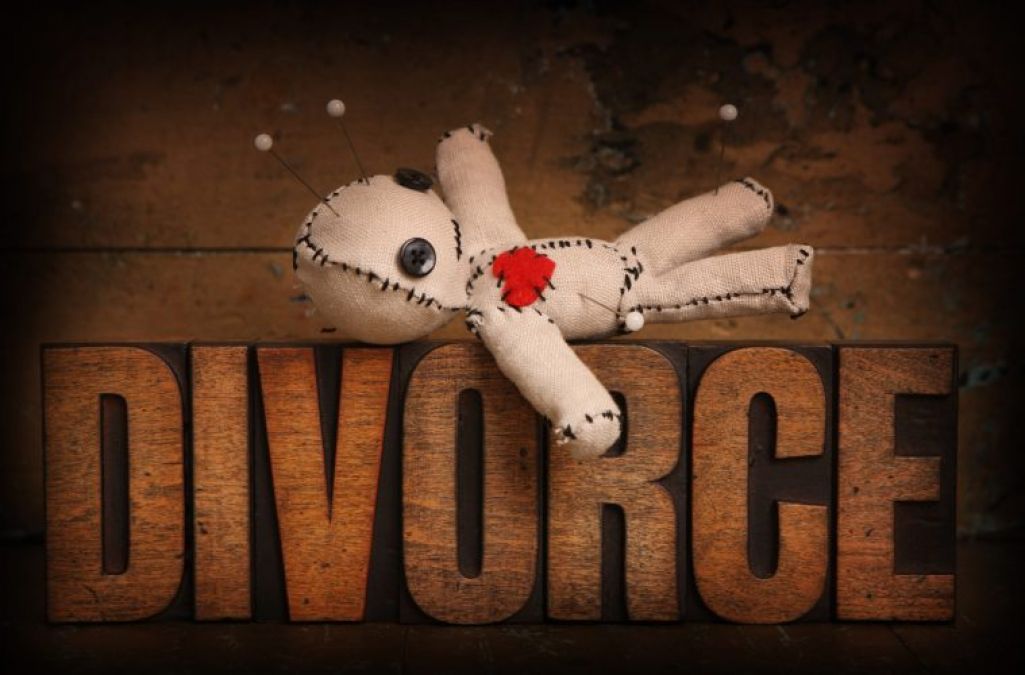
Divorce Industry
Behind each divorce case, there is a personal emotional history or, rather, its final. However, all divorces in the US together form a separate industry, whose history has no end. On the contrary, this industry is continuously changing, depending on many factors. And at the same time, it itself affects some trends in society and the country's economy. Onlinedivorce.com in Pennsylvania decided to get some perspective on all this and to consider a divorce not as a separate procedure the particular couple goes through, but as a separate business and its role in the state life.
So, in Pennsylvania, 30% of marriages end in divorce. At the moment, this is one of the lowest ratings within the United States. In the rest of the US states, the divorce rating also decreases after it peaked in the 1980s/90s. But does it really mean that American marriage has become stronger? As research and statistical analysis conducted by OnlineDivorce in Pennsylvania shows, things aren't that simple. The statistics show the figures, but do not explain what they are caused by, while there are two factors that mainly influence the current situation.
They primarily relate both the first and second factors. A wedding becomes less mandatory and standard procedure, and therefore more elitist. You no longer have to get married to begin your adult life truly. You are getting married, as evidence that you are already an adult, wealthy, and ready to enter this responsible, high-stakes, and risky game.
They value both the wedding industry and the divorce industry at billions of dollars. But while weddings, in general, cost a lot because of some image expenses, which are not a prerequisite for marriage, the situation is somewhat different for divorce. The divorce industry, which is now worth a whopping $50 billion annually in the United States, is based on people trying to protect their rights and property only to get out of the marriage with minimal loss. The paradox is this: the business of divorce is picking up despite the decline in the divorce rate, although every lawyer knows that, in fact, they can arrange this process much faster and easier. Until the United States still uses the same adversarial litigation system that was used in colonial England, it is possible to confuse the process ad infinitum.
At the same time, globally, for the economic welfare of the country (rather than separate lawyers), divorces are very disadvantageous. More divorces mean more households - more housing, power, and resources are needed. This hypothesis is confirmed by studies of the "divorce revolution," that is, the period in the 1980/90s when the divorce rate in the USA was at its peak. It was proved that this negatively affected the USA's potential for economic growth. Some experts even noted that there is no similar change that could be detrimental to a country's economy, like a sharply rising divorce rate. Many studies make optimistic forecasts based on a declining divorce rating. In part, they are right. Why in part? Let us return to the second factor influencing today's comforting statistics.
Cohabitation
Some couples use the option of cohabitation, as the last test, preparation for marriage. Other couples choose cohabitation instead of marriage. How do these options differ globally and in figures? According to statistics, couples who intend to marry rarely have children at the stage of cohabitation. At the same time, children born in couples who cohabit on an ongoing basis were planned in only half the cases. As a result, according to studies, more than one out of every two children born from cohabiting parents experiences the parental breakup by age 10 (comparing to every fifth as born in a marriage). Alas, this is the flip side of a decreasing divorce rate, since not all circumstances are recorded and analyzed, but all affect the economy in the long run. It is no secret that single parents generally have lower levels of well-being (about 25% of them live below the poverty line). Still, single parents whose rights are not protected by law suffer even more, like their children.
Also Read:
This artist refused to work in the Jayalalitha biopic with Kangana Ranaut!
Junior NTR to play role of his grandfather in this movie
Answer key of HP Patwari exams released, know full news